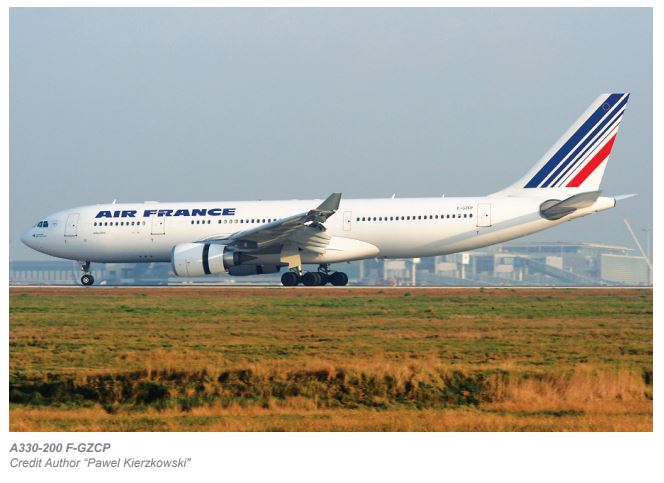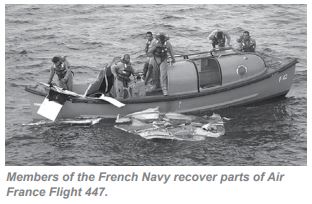
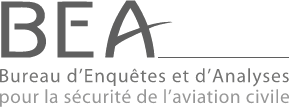
|
Allow me, first of all, to thank the organizers of this conference for having given the Bureau d’Enquêtes et d’Analyses pour la sécurité de l’aviation civile [BEA] a complete half day to speak about the history of the Air France Flight 447 accident investigation, whose final report was published on July 5, 2012. We have chosen to present to you three main components of the investigation: readout of the flight recorders, analysis of human factors, and relations with the families and the news media. Presentations will be made by two BEA investigators, Sebastien David, head of the Human Factors Working Group, and Léopold Sartorius, head of the Systems Working Group. You will then hear from Martine Del Bono, responsible for communications, news media, and family relations at the BEA. The investigator-in-charge, Alain Bouillard, regrets that he is unable to attend the conference. We have now finally reached the end of three years of an exceptional investigation. It was exceptional firstly because of the international dimension: the 228 victims came from 32 nationalities, which led to numerous issues in communication such as language barriers and cultural differences, without speaking of time differences.
Exceptional, too, due to the almost simultaneous accident involving a Yemenia aircraft off the coast of Moroni, the investigation of which also heavily involved the BEA. This meant that in July 2009, the BEA was leading two undersea search campaigns, one in the Indian Ocean and the other in the middle of the south Atlantic. At this time, the BEA was also investigating a third major accident that occurred six months before in the Mediterranean Sea involving an A320. |
||
|
An exceptional mystery also surrounded the exact circumstances of the Air France 447 accident as the aircraft had disappeared without any message from the crew and beyond radar coverage. These circumstances were only clarified thanks to the readout of the flight recorders in May 2011, Exceptional news media attention accompanied the various stages of this investigation, marked by several phases of undersea searches and the publication of three interim reports. It was the first major aircraft accident in a new era of accelerated news media coverage. Sadly, it was also exceptional in the number of violations by third parties of the ethics of safety investigation, which requires respect for the confidentiality of working documents that are not published by the authority in charge of the investigation. I have requested two police investigations, unfortunately without conclusions. Finally, there was an exceptional level of controversy and unjust accusations against the BEA investigators, whose professional integrity and impartiality were called into question. |
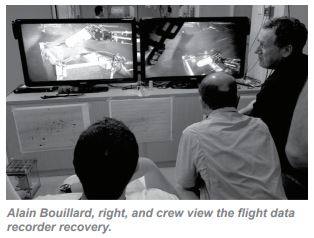 |
|
| At this juncture, I would like to remind you that we are talking about the safety investigation conducted by the BEA. This investigation does not seek to determine responsibilities— that is the role of the judicial investigation that takes place in parallel and independently of ours, as laid out in French law. Unfortunately, in the mind of the Semi-annual publication on Air Accident Investigation from UAE General Civil Aviation Authority 35 public, it is not always easy to understand the difference. Many people expected the BEA investigation to point out responsibilities and even culpabilities. The BEA investigation started on the day of the accident, June 1, 2009, under the authority of Paul Louis Arslanian, then head of the BEA. Right from the start, priority was given to recovering the flight recorders—without their readout, the investigation could not be conclusive, even if the examination of parts recovered at the surface of the sea and the data collected from the ACARS messages gave some indications about the accident. On April 2, 2011, during the fourth phase of undersea searches, the wreckage was located. | ||
| The recorders, quickly recovered, could be read out in their entirety, after spending two years at a depth of 3,900 meters underwater. This Franco-American adventure was the subject of a presentation during the ISASI 2011 conference last year [see “Air France 447 Underwater Search and Recovery Operations—A Shared Government-Industry Process,” ISASI Forum October–December 2011. The exact circumstances of the accident were then related in a further interim report, which was published on July 29, 2011. The circumstances of the accident as described in that report generated some strong reactions, in an emotive context that unfortunately demonstrated the commentators’ lack of perspective. | 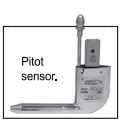 |
|
|
We then needed to understand the reasons for the pilots’ actions and how the loss of airspeed indications alone could have led to such a disaster. Air France Flight 447 engine recovery. Further progress in the investigation allowed us to understand the causes of the accident and to publish the final report on July 5, 2012. In contrast to the previous report, this publication did not generate negative reactions, even on the part of those who had previously been so critical of the BEA one year before. In fact, this report illustrates the complexity of the event. Of course, this accident had its origins in the obstruction of the pitot probes by ice crystals and, as a consequence, the temporary loss of airspeed indications. Above all, however, it resulted from the airplane exiting its flight envelope due to the crew’s losing situational awareness. This category of accident, classified as loss of control, has emerged over the last decade or so as the most deadly in public transport. It involves airplanes of both classic design as well as recent planes with a high level of automation. |
||
|
The BEA, which is associated with a large number of investigations worldwide, has investigated several accidents in this category. We have also investigated a similar category of accidents classified as CFIT where, while still within the airplane’s flight envelope, the loss of flight path control resulting from a loss of situational awareness by the crew has led to disaster. We are currently carrying out a study of this category of accident. |
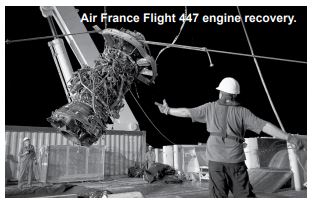 |
|
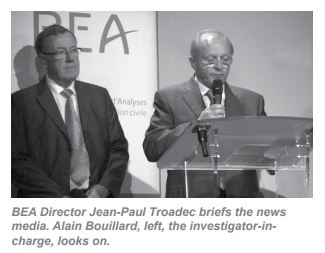 |
A lot of work and research is being undertaken within the international aviation community on subjects related to loss of situational awareness by the flight crew. The BEA’s conclusions and recommendations on pilot training are consistent with these themes. Automated systems are used on modern airliners during most of the flight, and they have considerably improved safety. The problem is that automated systems are not always used, either involuntarily when they disconnect or, in some situations, deliberately. Then, whether it’s a classic or a modern airplane type, flight path control requires that pilots have perfect situational awareness. This comes from the quality of the information provided to pilots, the way in which it is presented, the consistency of the signals that they perceive via the various sensory channels, and their ability to make sense of these signals from their training and experience. |
|
| Clearly, we can still increase the level of automated systems, improve their reliability, and strengthen protections. But in the end, safety will still depend above all on getting the right adequacy between the cognitive capacities of pilots and the signals that are provided to them to understand and act on.
This accident [Air France Flight 447] has also taught us that hypotheses used for safety analyses are not always relevant, that procedures are not always applied, and that warnings are not always perceived. Only an improvement in the quality of feedback will make it possible to detect any weaknesses in the safety model. All these conclusions are the subject of BEA recommendations, in particular the 19 dedicated to training and ergonomics. |
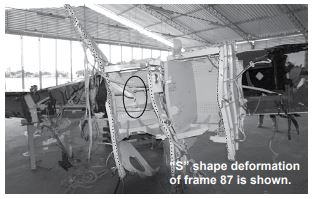 |
|
| These recommendations have been sent to their recipients who will answer by October [2012] if they accept them or not. We are confident that most of them will be accepted, as we have already had preliminary discussions with those recipients. In accordance with Annex 13, our role as safety investigators could be limited to take note of these answers and, according to the European regulation, to react to these answers. | 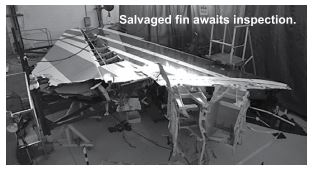 |
|
|
But the acceptance of a recommendation is often just the beginning of a long process that could take years. To assess the real impact of our investigations on safety, we should check the effective implementation of our investigations. This task, I will propose to our European counterparts to share with us, taking advantage of the newly created European safety recommendations database. |
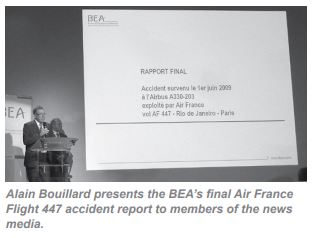 |
|

